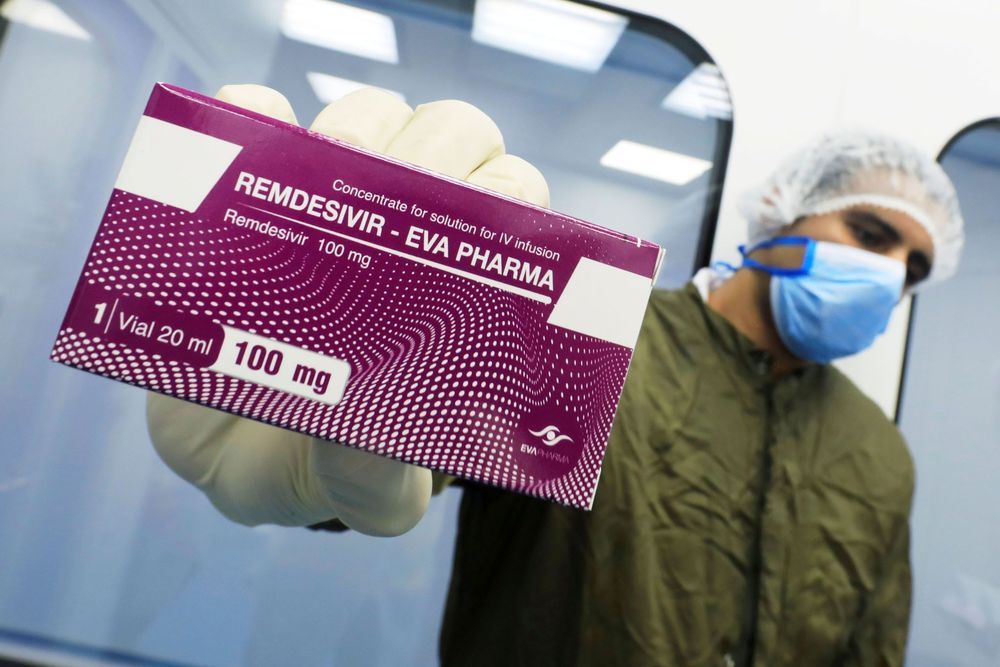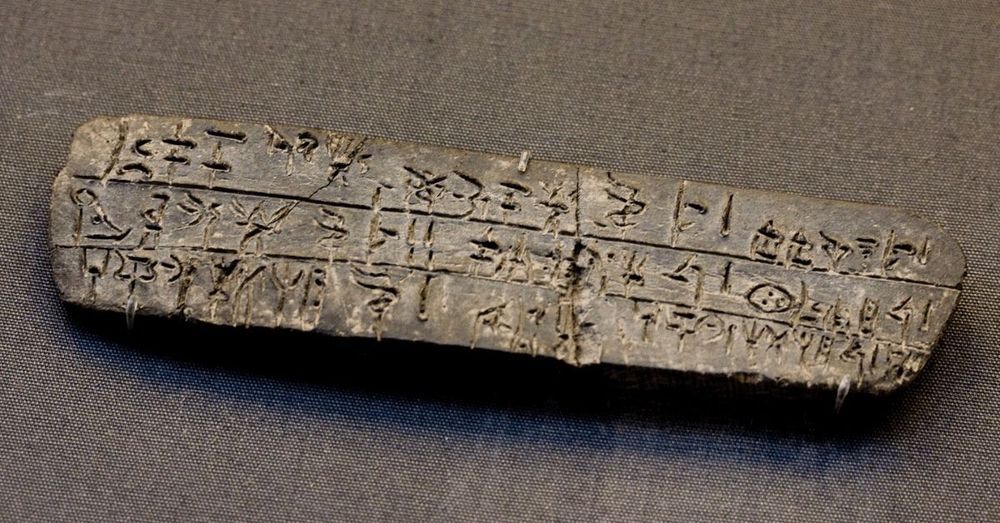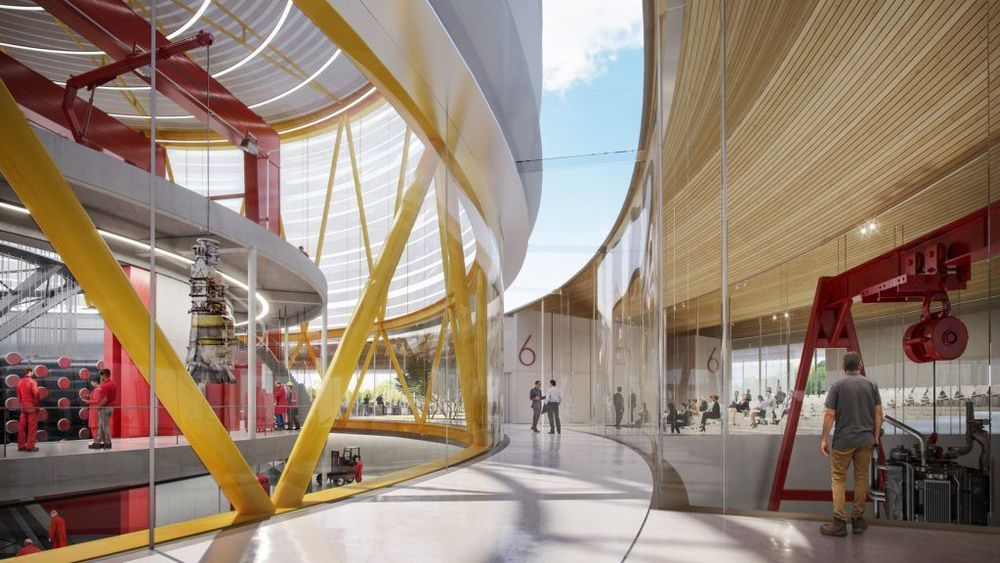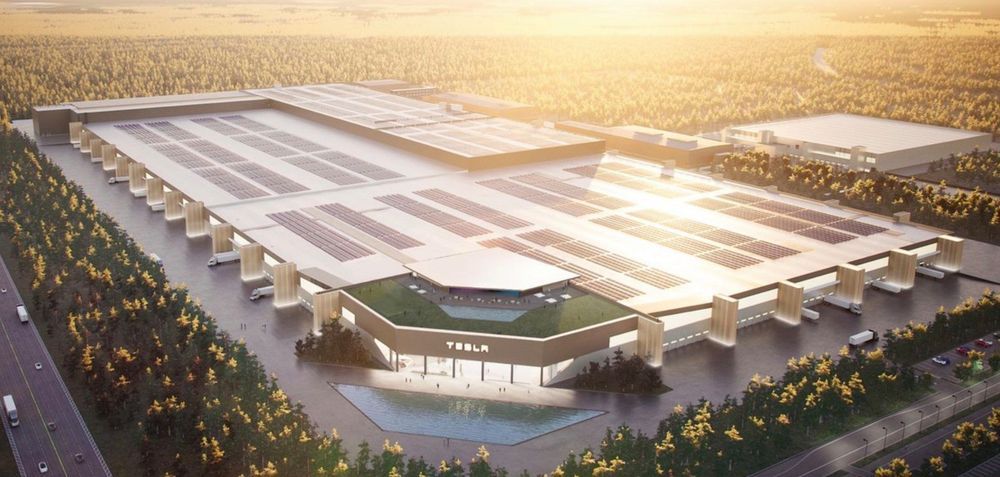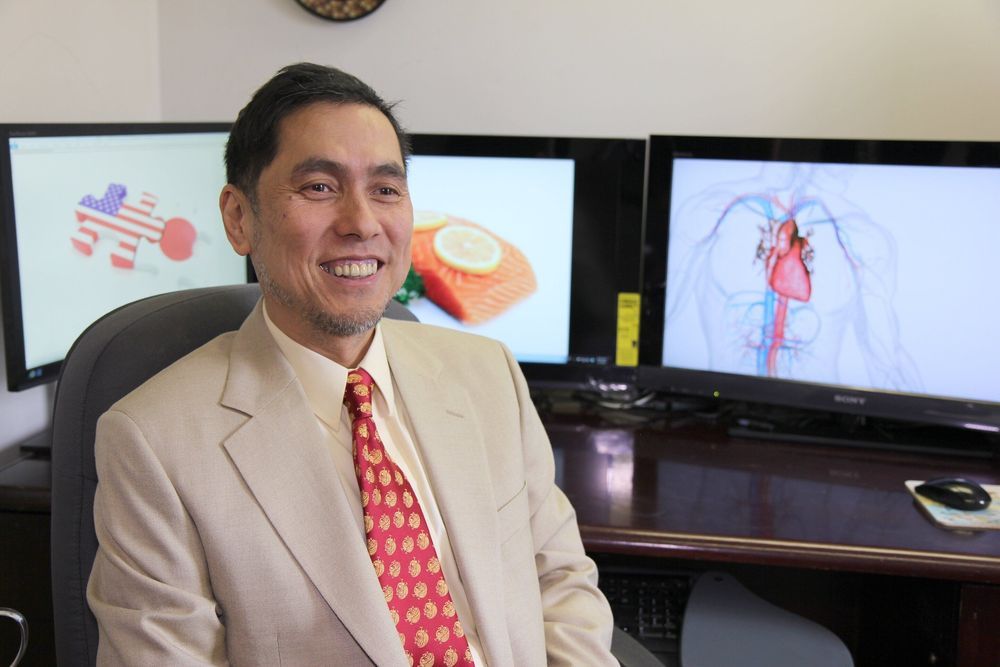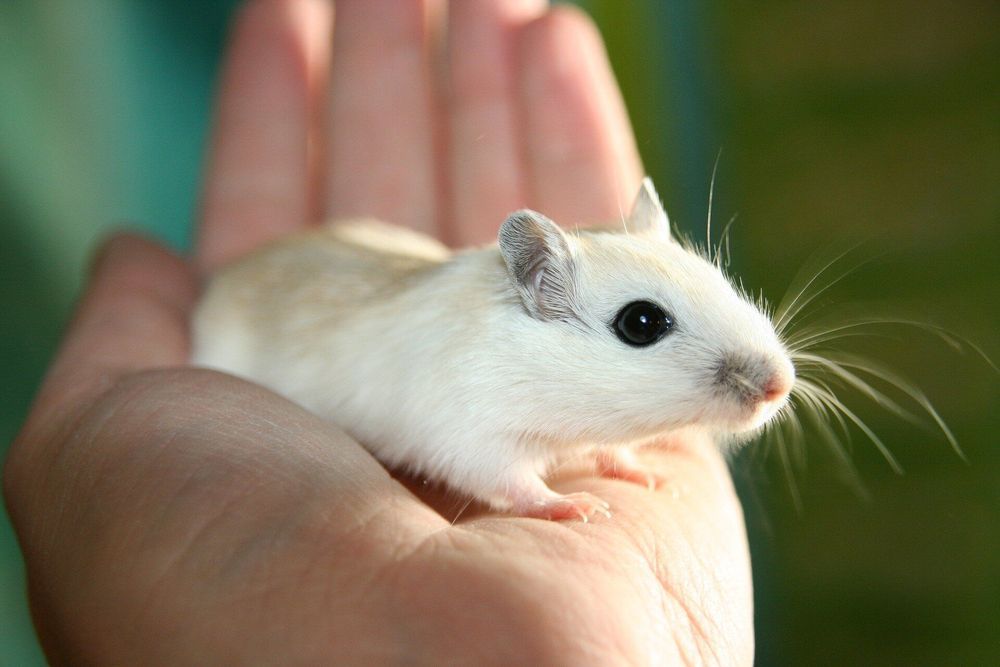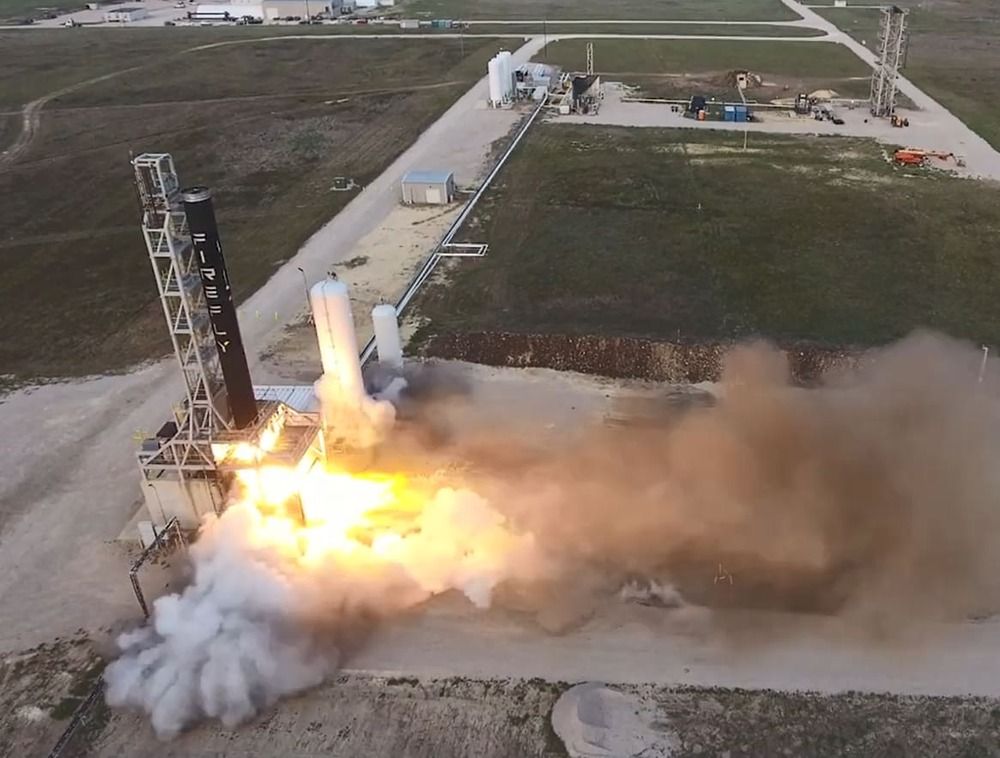
Firefly Aerospace currently plans for its maiden Alpha rocket launch to happen as early as Dec. 22, co-founder and CEO Tom Markusic told CNBC, as his company prepares for the next major milestone in its plan to offer a variety of space transportation services.
Markusic is confident in the launch date because of the “rigid” requirements of Vandenberg Air Force Base in California, where Firefly is finishing up work to prepare the launchpad at SLC-2. While “everything is susceptible to surprises,” with room in the schedule to launch as late as Jan. 31, Markusic said the “full gamut of rules” at Vandenberg means the company has put extra work into certification for Alpha’s first launch.
“We took the hard route to flight, and that was by going to a launch range that has very strict requirements,” Markusic said. “So our design has been highly vetted, as we have a lot of requirements that are put on us by the range and that makes the rocket ultimately more reliable.

